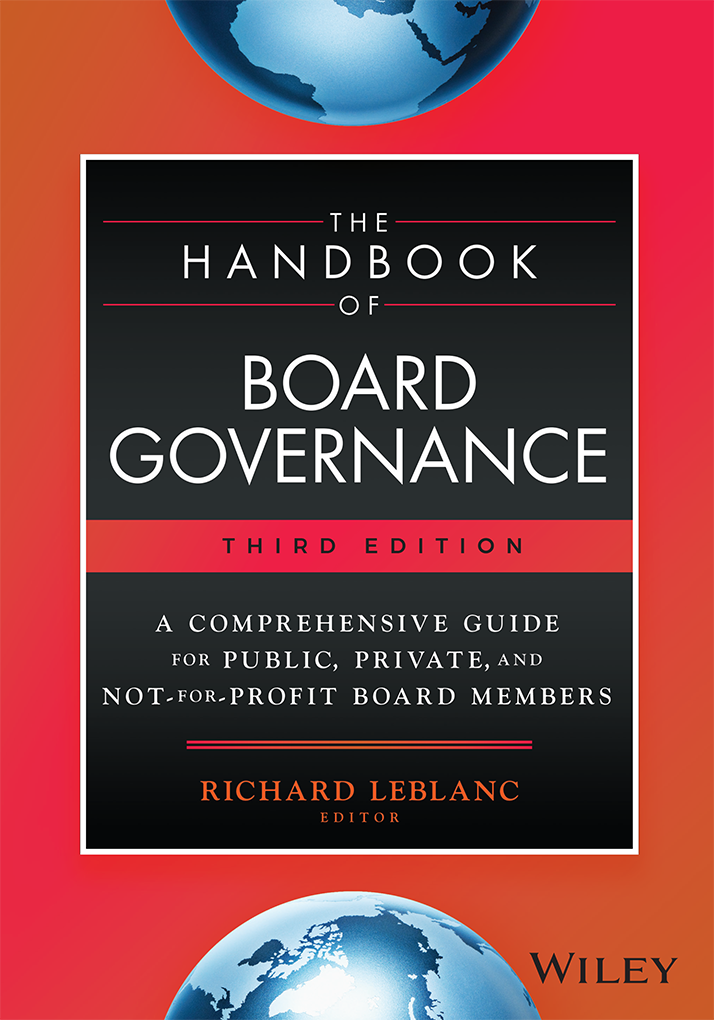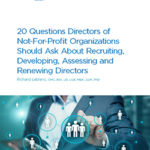Compensation drives behavior. As reported in The Telegraph, the Barclays’ board of directors intends to “ask” former CEO Bob Diamond to “cut” part of his £17M pay package in the aftermath of Diamond’s role in artificially suppressing the rate at which banks lend money to each other (otherwise known as the London Interbank Offered Rate, or “Libor”). There is an ensuing parliamentary inquiry into conspiracy by other banks to rig the Libor rate. Sky News reports, in “Lawyers In Barclays Bonus Battle,” that “investors have been warned that the bank faces a battle to fully withhold bonuses owed to Bob Diamond and Jerry del Missier, two top executives who quit the bank last week.”
There should be no “battle” and no need for the board to “ask” the CEO to relinquish compensation, given what happened, if the board is doing its job. The compensation (cash and stock) should not have been awarded or vested to Bob Diamond in the first place, if the Barclays’ board (and other bank boards) is complying with the Basel Committee on Banking Supervision’s guidance.
Boards have wide leverage to align ethical conduct and internal controls with executive compensation far more aggressively than they appear to be.
There are two main tools: “clawbacks” and “malus.” Clawbacks, mandated by Dodd-Frank in the US, are more popular, but are inferior to malus. Clawbacks means the cash and equity vests to the executive, and depending on risk and performance factors, the compensation committee has an uphill battle to recover (or ‘claw back’) the compensation it already awarded to the executive. The executive no doubt will contest such efforts.
In contrast, “malus,” which is recommended by the Basel Committee on Banking Supervision (“Basel”) (see the May 2011 report here at pages 37-39), means that the awarding of cash and vesting of stock in the hands of the executive does not occur until and unless the compensation committee says it does. This type of discretion is exactly what management does not want, which is discretion in the compensation committee’s hands. Basel however maintains that malus clauses are more feasible to implement or enforce than are clawbacks. And they are right. Basically, with clawbacks (e.g., Barclays), the board has to pursue the executive for compensation already paid, whereas malus means the board has discretion to make the award in the first place. The board can wait to see if there are any “hidden” risks (e.g., Barclays’ Libor scandal, JP Morgan’s derivative loss) or performance effects that have yet to be fully realized.
Barclays is reported to have a clawback provision, as to many of the major banks, but it is unclear whether banks also have malus clauses. If not, they should.
The clawback and malus clauses should not be drafted by an internal or external legal or compensation firm or person who serves, or has or intends to serve, management. (Otherwise there is no independence and the clause will have a low bar and be management friendly.) The malus and clawback provisions should be drafted by an independent, expert service provider retained by and accountable to the board.
Basel offers guidance on provisions that leading banks have used within malus clauses, including: (i) breach of the code of conduct (this occurred with SNC Lavalin’s former CEO) and other internal rules; (ii) compliance with risk protocols and a qualitative assessment of risk by the compensation committee; and (iii) a violation of internal rules or external regulations.
If the board doesn’t have a proper clawback and malus clause, there will be no shared understanding and alignment of behavior with compensation.
In short, if the board wants an executive to focus on ethics and commit the resources necessary to have proper internal controls and prevent management override, tie his or her compensation to these outcomes – before the fact, and retain discretion at all times. Doing this – which executives will resist – will focus executives’ minds to do what is right as their money is on the line. This is exactly what regulators want in the aftermath of the financial crisis. And clawbacks and malus clauses for banks will likely migrate to non-banks as all companies will be expected to have risk-adjusted compensation in the future.












